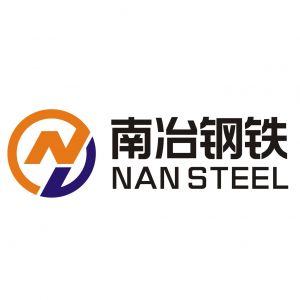Is high frequency welded pipe the best steel pipe welding method?Posted by chase Liu on August 2nd, 2023 The best steel pipe welding method depends on various factors, including the specific application, the required characteristics of the pipe, and the resources available for the manufacturing process. High-frequency welded (HFW) pipe is one of the common methods used to produce welded steel pipes, but whether it is the best method depends on the context. Let's explore the advantages and limitations of HFW and compare it to other welding methods. 1. Advantages of High-Frequency Welded (HFW) Pipe: (1)Efficiency: HFW is a high-speed welding process, which makes it relatively efficient and suitable for mass production of steel pipes. (2)Consistency: HFW provides consistent and uniform welds, resulting in reliable and predictable pipe quality. (3)Cost-Effective: The high-speed nature of HFW can contribute to cost-effectiveness, especially for large-scale production. (4)Suitable for Various Applications: HFW can be used to produce steel pipes for a wide range of applications, including conveyance of fluids, structural purposes, and casing for oil and gas wells. (5)No Filler Material: HFW does not require additional filler material, which can simplify the welding process. 2. Limitations of High-Frequency Welded (HFW) Pipe: (1)Limited Thickness: HFW is generally suitable for pipes with a relatively thin wall thickness. Thicker pipes may require alternative welding methods. (2)Material Restrictions: HFW is best suited for low-carbon steel and certain alloy steels. It may not be suitable for high-strength or highly alloyed materials. (3)Surface Quality: HFW may result in a slight bead or flash along the weld, which may require additional finishing steps. (4)Process Complexity: HFW requires specialized equipment and expertise, which may not be readily available in all manufacturing facilities. 3.Other Common Welding Methods for Steel Pipes: (1)Submerged Arc Welding (SAW): SAW is suitable for thicker pipes and offers excellent weld quality. It is commonly used for large-diameter pipes in the oil and gas industry. (2)Electric Resistance Welding (ERW): Similar to HFW, ERW uses the resistance heating of the steel to produce welds. ERW steel pipe is suitable for a variety of applications, and the process can be adapted for different wall thicknesses. (3)Seamless steel Pipe: Seamless pipes are not welded but are produced through a different manufacturing process. They offer superior mechanical properties and are often used in high-pressure and critical applications. In summary, while HFW is a widely used and efficient method for producing steel pipes, it may not be the best method for all applications. The choice of the best welding method depends on factors such as the pipe's intended use, material requirements, wall thickness, and production capabilities. Manufacturers and engineers should consider these factors to select the most suitable welding method for their specific needs. Like it? Share it!More by this author |


